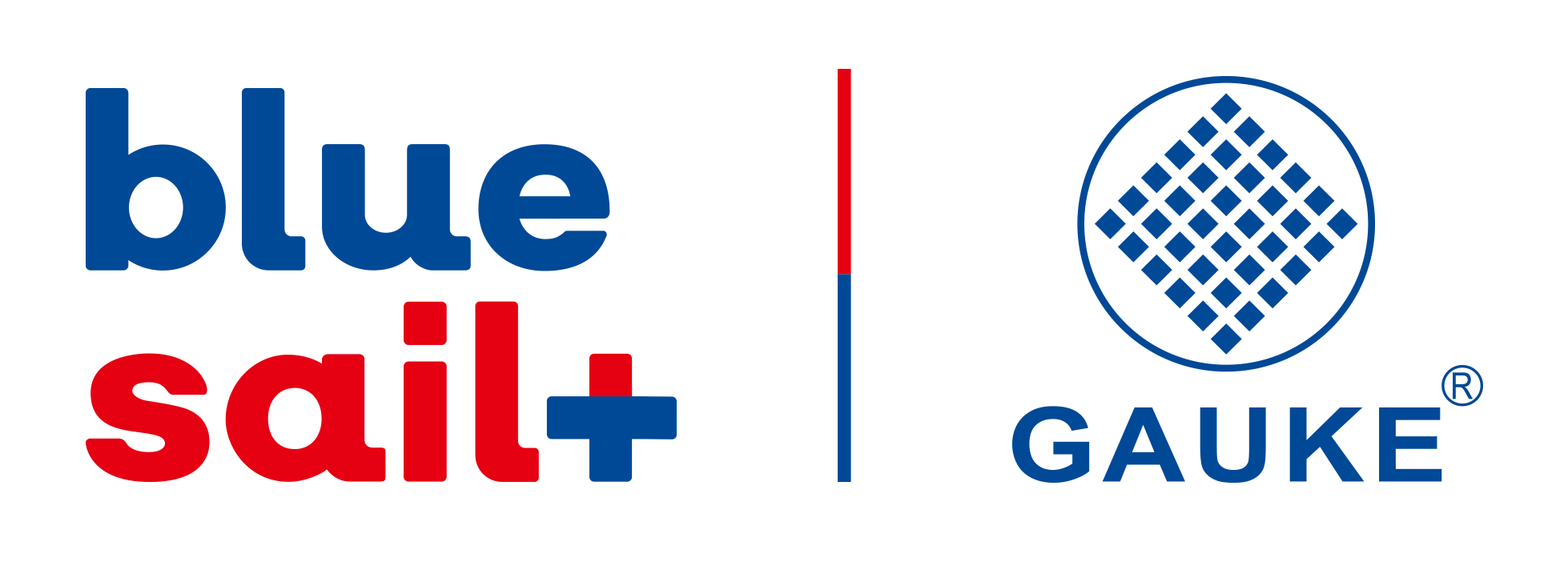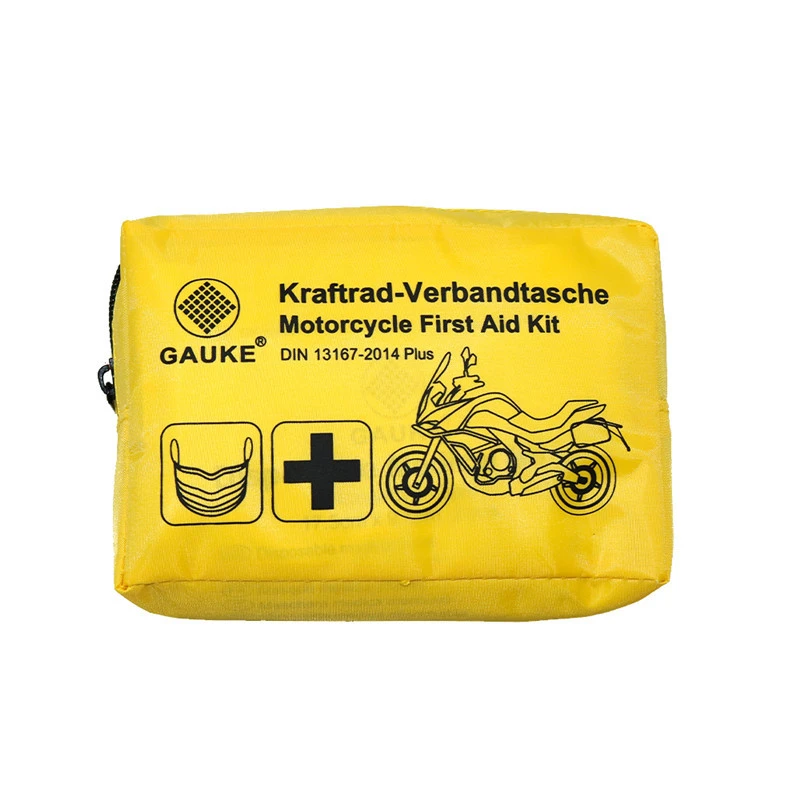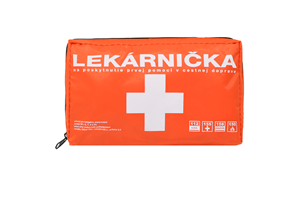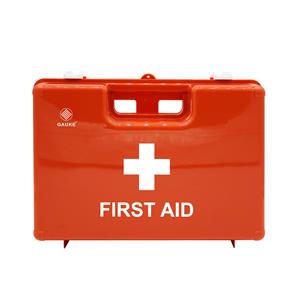Why You Should Invest In Adhesive Wound Dressing As A First Aid Supplier Buyer
A slight cut or a scratch can promote bacterial development, which has the potential to cause infections in the area where the wound is or the area surrounding the wound, hence first aid is becoming increasingly crucial in the care of wounds. So it must be cleaned thoroughly with antiseptic, and then an adhesive bandage must be put on to limit the wound's exposure and close it.
Wound healing is a complex and ongoing process influenced by a variety of factors, and it requires the right environment to speed up the healing process. Inflammation, proliferation, and maturation are three steps in the wound healing process. Diverse solutions have been developed to treat numerous skin lesions as a result of the various sorts of wounds and advancements in medical technology.
The adhesive dressing market is by far one of the most promising and elevated in the first aid supplier field as of today. If you’re looking for an insightful article regarding the topic, you’ve come to the right place. Below you can read all about wound dressings, including much-needed market prospects, consumer needs as well as future development directions so you can analyze the whole picture.
Wound Dressing Function
Dressings are used to provide a variety of purposes, including cosmesis, hemostasis, protection, support, and absorption. Long hospital stays for chronic wound therapy with many (and often painful) dressing changes were not uncommon in the past. Patients are less willing to accept protracted morbidity since there are currently insufficient resources to offer persistent inpatient care for all wounds.
New dressing parameters have emerged. A dressing is no longer merely a passive aid to healing; it is now an active component of wound care that debrides the wound, controls infection, and promotes healing. The optimum dressing should be simple to apply, remove painlessly, and require fewer changes (and fewer human resources). It must be capable of being used by outpatients.
An active dressing seeks to create the best possible milieu for wound healing. It must keep the wound warm and moist while allowing for breathing and epithelial migration. For macrophages, neutrophils, and fibroblasts to function properly, the wound temperature must be optimal.
Adhesive Wound Dressing Market Prospects
From US$2,154.774 million in 2019, the adhesive bandage market is expected to rise at a CAGR of 5.54 percent to US$2,977.860 million in 2025, according to Research and Markets. Medicated bandages are gaining a lot of popularity among consumers because there are a lot of bruises and cuts from falling on the road or ground, which causes the wound to become infected with bacteria, so after cleaning the wound, medicated bandages are applied to protect it from further infection. This is because it contains antibiotic ointments that may perfectly close the open wound, preventing infection or pus-producing germs from festering.
The demand is being driven by an increase in the variety of recreational activities available to youngsters and younger teens. Young people nowadays participate in a variety of sports like cycling, running, and trekking, among others, which frequently result in cuts, scratches, or abrasions on their sensitive skin. As a result, a coating must be placed on it to avoid further injury or to stop the flow of blood, allowing the wound to heal more quickly. Over the forecast period, this aspect is boosting the market growth.
Future Development Directions Regarding Adhesive Dressings
Doctors, patients, and their families have significant hurdles when it comes to chronic wounds. Dressings are used to aid in the management of nonhealing and chronic wounds. Despite the fact that there are many different types of dressings, each type of wound requires a specific dressing. Animal origin (collagen sponge), herbal origin (cotton), and synthetic origin (polyurethane) dressings all have their own qualities and applications.
Collagen dressings have been shown to aid in the healing of wounds. Chemical mediators regulate tissue growth in acute wound healing, resulting in intracellular synthesis, fibrous tissue, maturation, and scar tissue. Collagen dressings can thus help stubborn wounds heal more quickly. Herbal dressings are frequently layered, with the second layer consisting of either herbal dressings or other materials. The thermoplastic material may be used in the structure of such dressings to make them more flexible, or they may be mechanically fastened.
Consumer Concerns About Adhesive Wound Dressings
Wound management is a major clinical and financial issue. Pressure sores alone account for a sizable portion of healthcare spending. Since ancient times, a variety of dressings have been used to treat wounds, and today, many more innovative dressing materials are accessible.
Because of new insights into wound healing and the growing requirement to care for complex wounds outside of the hospital, wound management has recently become increasingly complicated. In the process of healing, the wound is a synthetic environment in which various cellular activities are interconnected.
Modern wound dressings are made to help the wound function rather than just hide it. The principles of wound dressings are evolving, particularly with respect to wound debridement and wound environment control. Traditional wet or dry dressings are equal to occlusive dressings that allow debridement in a fluid environment.
Allowing wounds to heal in a moist environment has certain advantages in terms of cellular migration and epithelialization. Simple surgical and traumatic wounds necessitate bandages that are low-cost and low-tech.
Investing In Adhesive Wound Dressings
Simple surgical and traumatic wounds require simple, low-cost coverings since they are likely to heal quickly and without complications. Dressing options for complex wounds reflect advances in wound healing physiology.
As a first aid supplier buyer, investing in adhesive wound dressings is a must. Gauke Healthcare is a qualified wound dressing manufacturer and supplier in China, offering global clients a one-stop custom wound dressing production service. The non-woven wound dressings are soft and comfortable as well as shield the wound from secondary harm.




